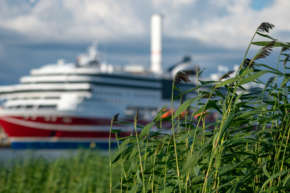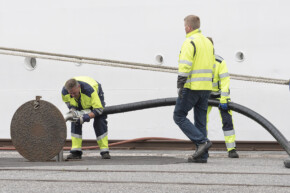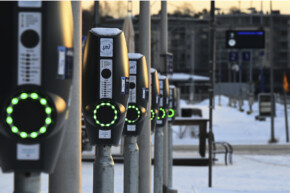Contributing to the Baltic Sea rescue team
The Port of Turku and the John Nurminen Foundation are expanding their co-operation in protecting the Baltic Sea.
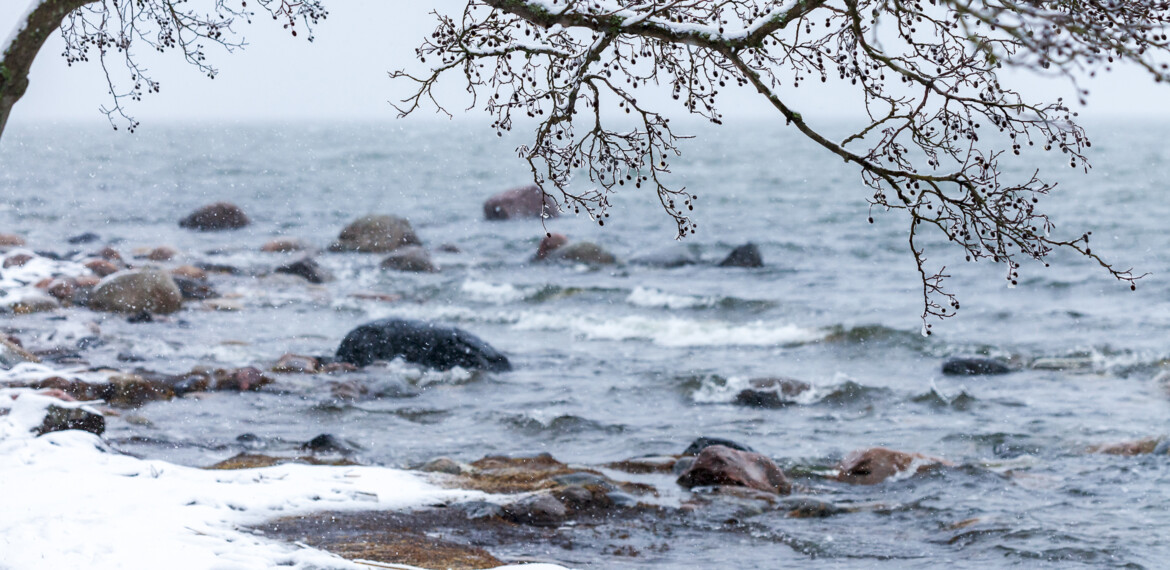
The Port of Turku joined the John Nurminen Foundation’s Baltic Sea rescue team in 2023. Now the co-operation will be established, and the Port will increase its support to the Foundation.
“The Port of Turku is located at the heart of a unique archipelago. We take the environment into account in everything we do, but as we have the chance, we want to do even more. We want to participate in the protection of the Baltic Sea more broadly and also encourage others to do so”; says Marjo Saviranta, Marketing and Communication Director of the Port of Turku.
She says that the Foundation was selected as the Port’s partner due to its very concrete long-term protection activities.
The projects of the John Nurminen Foundation aim at improving the state of the Baltic Sea e.g. by reducing the loading directed at the sea as well as environmental risks. The Foundation has also been awarded for spreading information and providing maritime culture content. One of the goals of the Foundation is to strengthen the relation of people to the sea.
Gypsum treatment of fields, recycling of manure and moving of seaside reeds
Johanna Suni, Communications Manager of the John Nurminen Foundation, says that the Foundation aims at reducing the eutrophication of the Baltic Sea e.g. by promoting the gypsum treatment of fields and by developing the recycling of manure.
“The gypsum spread on fields enhances the sequestration of phosphorus in the soil and prevents it from ending up in the sea. The idea with the recycling of manure is to come up with ways to transport the manure, which is at risk of flowing into the water system, from the animal farms to the plant farms that need it”, she says and adds that solutions are also being sought in Northern Finland for the prevention of nutrient runoff from the forest industry.
The Foundation also has projects for mowing the expanded seaside reeds – and for finding good use for the cut-down reeds.
“In addition, we have for example projects implemented together with ports which aim at preventing harmful chemicals from ending up in the Baltic Sea in connection with the washing of chemical tanks or load handling of ships carrying fertilisers.”
Ms Suni points out that chemical projects are not topical in Turku where the ships mainly carry people and goods.
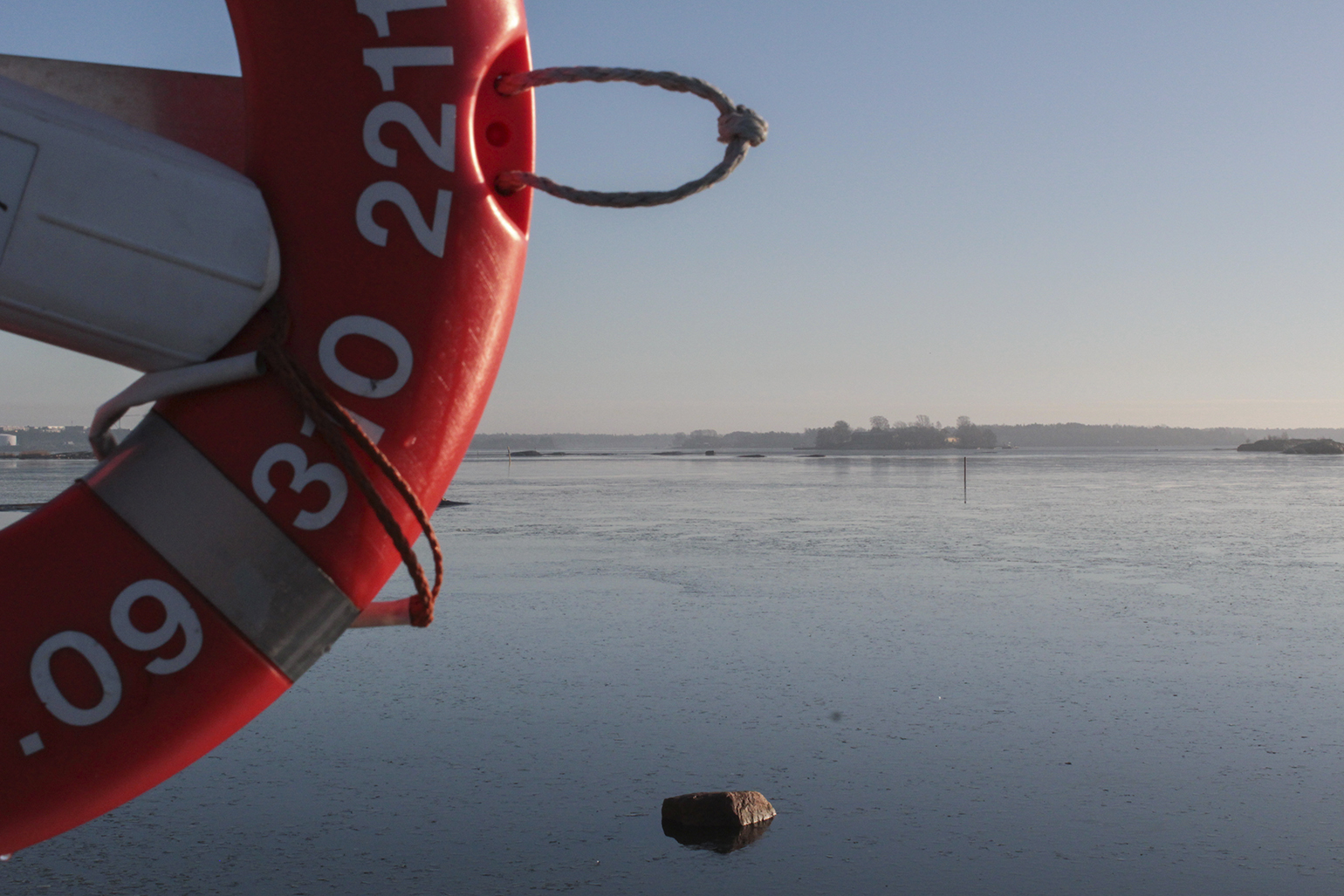
It is possible to turn the direction
According to the Baltic Marine Environment Protection Commission HELCOM, the state of the Baltic Sea remains worrying. Ms Suni believes that the upcoming report of the Finnish Environment Institute will present the same outcome.
“The problem lies specifically in the nutrient loading of agriculture and silviculture, and the existing loading in the sea. It is to be expected that climate change will further increase eutrophication, as the sea water warms up, the sea will not necessarily freeze in the winter, and heavy rains causing washouts become more common.”
Ms Suni is nevertheless optimistic. She stresses that thanks to various protection measures the Gulf of Finland has become brighter and the state of the sea has improved slightly.
“We need a lot of protective actions quickly. The positive thing is that people have awoken to the seriousness of the situation, and the protection of the Archipelago Sea is even mentioned in the government programme”, Johanna Suni says.
“Improving the state of the Baltic Sea calls for many long-term efforts. By working together, it is possible”, Marjo Saviranta points out.
Text: Matti Välimäki
Photos: Lasse Hendriks, Helmi Pörhölä / John Nurminen Foundation

